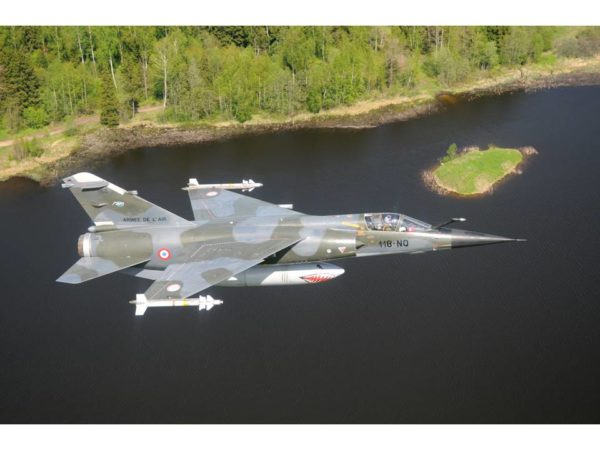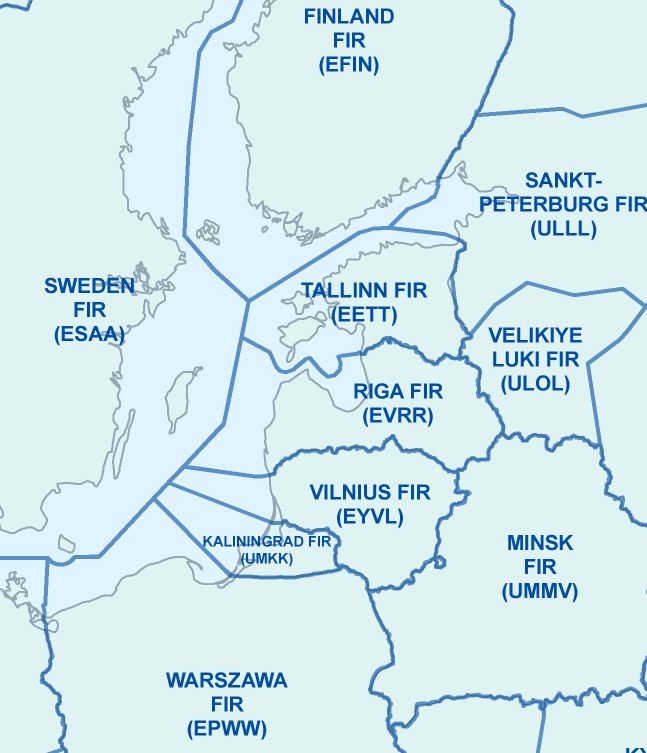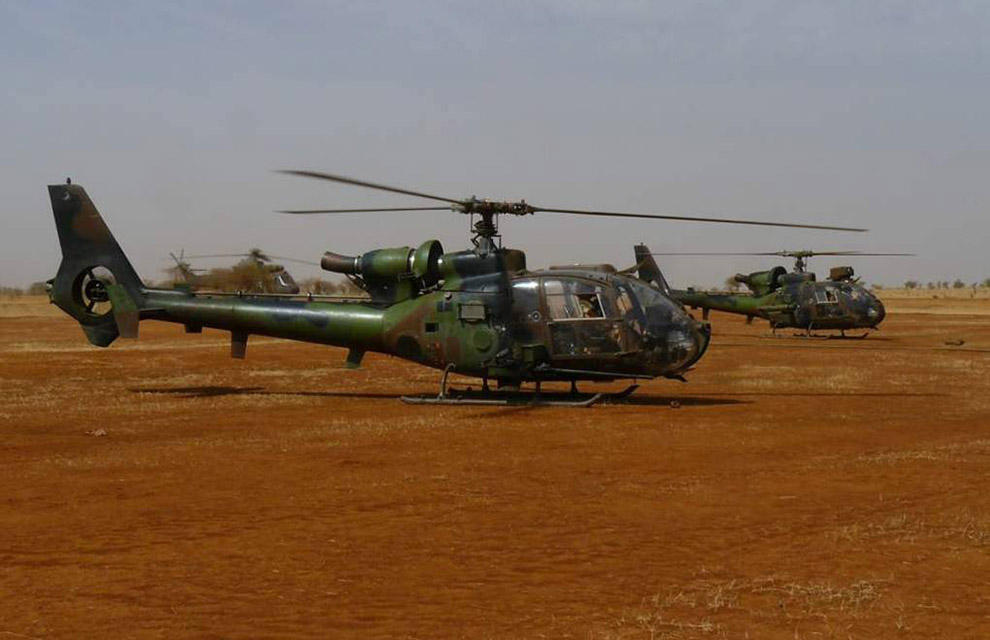Above the Baltic countries, NATO planes keep watch

(BRUSSELS2 to Vilnius) Aerial surveillance of the Baltic countries (Baltic air policing) is carried out in turn by NATO countries: the Baltic countries do not have fighter aviation capable of carrying out this mission. A kind of pooling and sharing before the hour. Each nation takes turns at the Siauliai base (Lithuania) for approximately 4-5 months: the French yesterday (from the 118 of Mont-de-Marsan), the Belgians today, the Americans tomorrow, etc. I wanted to find out a little more by talking with soldiers who have provided or continue to provide this permanence.
A mission that is not entirely routine
This little-known permanent mission could in fact take a more crucial turn if tensions with Russia resurface, particularly in the run-up to the signing of the association agreements with Ukraine (in November) and the strengthening of ties with Eastern Partnership countries. A point that Moscow views with suspicion.
A NATO chain of command
If everyone remains in control of displaying a few caveats (employment restrictions) on this mission, “ the rules of engagement are those of NATO ». The entire chain of command is that of NATO, with a detection chain starting from the NATO radar and a joint regional surveillance center, located in Karmelava near Kaunas (Lithuania). This brings together controllers from the three countries who have been trained for this and have taken control. The Balts are “ very open. They want to learn as many things as possible, seek to upgrade. » The orders are given by the CAOC of Euden (Germany) which gives the take-off orders. The national authorities are however warned " every time we take off on a real mission ».
A variable interception grid
The interception grid "planes is enough" loan ". It varies however. That " depends on the nationality of the aircraft and the attitude of the aircraft”. For " some nationalities “(Nb: Americans for example), there are no plans for interception,” unless they don't have a suspicious or hostile attitude ". Interception is also done by all “ usual means: sight reconnaissance, radio contact, etc. » Agreements have been negotiated with the Russians, with a corridor allowing the movement of transport aircraft, particularly towards Kaliningrad. Clearly, it is the Russian planes – fighter or training – which are in the crosshairs. And excesses are not rare… “ We're not really there because of Sweden and Finland! “says an officer ironically.
The area to cover
Despite the small size of the countries, the area to be covered is quite large and diverse. It covers the three FIRs (Flight Information Region) at sea and on land. That " makes an interesting surface ». The three countries contribute equally to the benefits. And to facilitate logistical supply, it makes available to countries ensuring permanent rotations of C-27 J (the Lithuanians have 3).

Interest: Training, multinational, low altitude
The advantage of this mission is to be able to train in a multinational environment. This gives " a good experience abroad for young people. Even if we're not here in Afghanistan, with flak jackets and heavy helmets. The interest is to work with purely NATO procedures. » The pilots also practice high altitude and low altitude interception exercises. " We are also allowed to do low altitude (in Lithuania or Estonia). This allows you to continue doing hours of training »
(Nicolas Gros-Verheyde)
Read also:
- Belgian F-16s on guard over the Baltic countries
- The French Mirages take to the air, on the Baltic side










Comments closed.